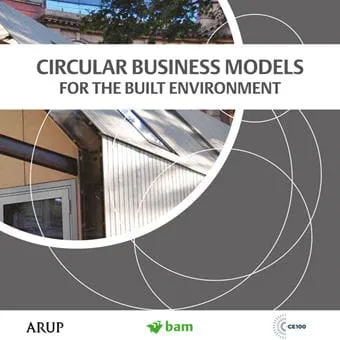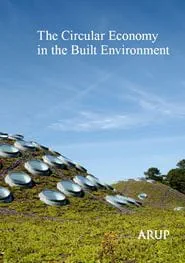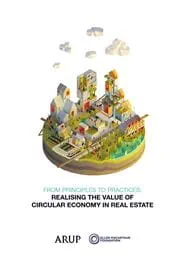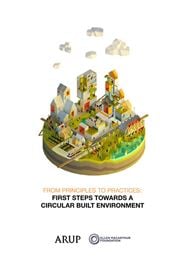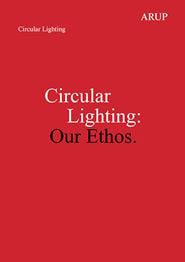This research jointly written by Arup and BAM explores ways Circular Business Models (CBMs) would provide added benefits throughout the value chain in construction.
By highlighting the value proposition to all stakeholders, it is intended that more companies will see the benefit of a built environment based on the circular economy.
Circular Business Models cannot be achieved without intervention, as in today’s economy there are numerous examples of where it is currently perceived as more cost effective and convenient to dispose of resources after their first use rather than re-use them. By taking a systemic view across the whole life cycle of assets, using new technologies and applying advance design approaches, additional value could be created. This value will demonstrate an economic business case for adopting CBMs, as well as providing wider global benefits from a financial, social and environmental standpoint.
Funders, owners and occupiers will be fundamental to driving a ‘circular built environment’, by choosing to adopt alternative development strategies, ownerships structures and operations models. However architects, designers, engineers, suppliers, contractors and facilities managers will have a crucial role in creating circular solutions to facilitate a move to CBMs.
The content of this report is applicable to the built environment as a whole, but many of the examples cited focus on commercial building developments. The general principles are the same for other project types, i.e. infrastructure/PPP, although the use periods, ownership models and supply chain interactions differ accordingly.
